Sally Hawkins delivers an unforgettable performance as Nova Scotian folk artist Maud Lewis, irrepressible despite arthritis and a churlish husband (Ethan Hawke), in this gently flowing biopic set in the 1930s.
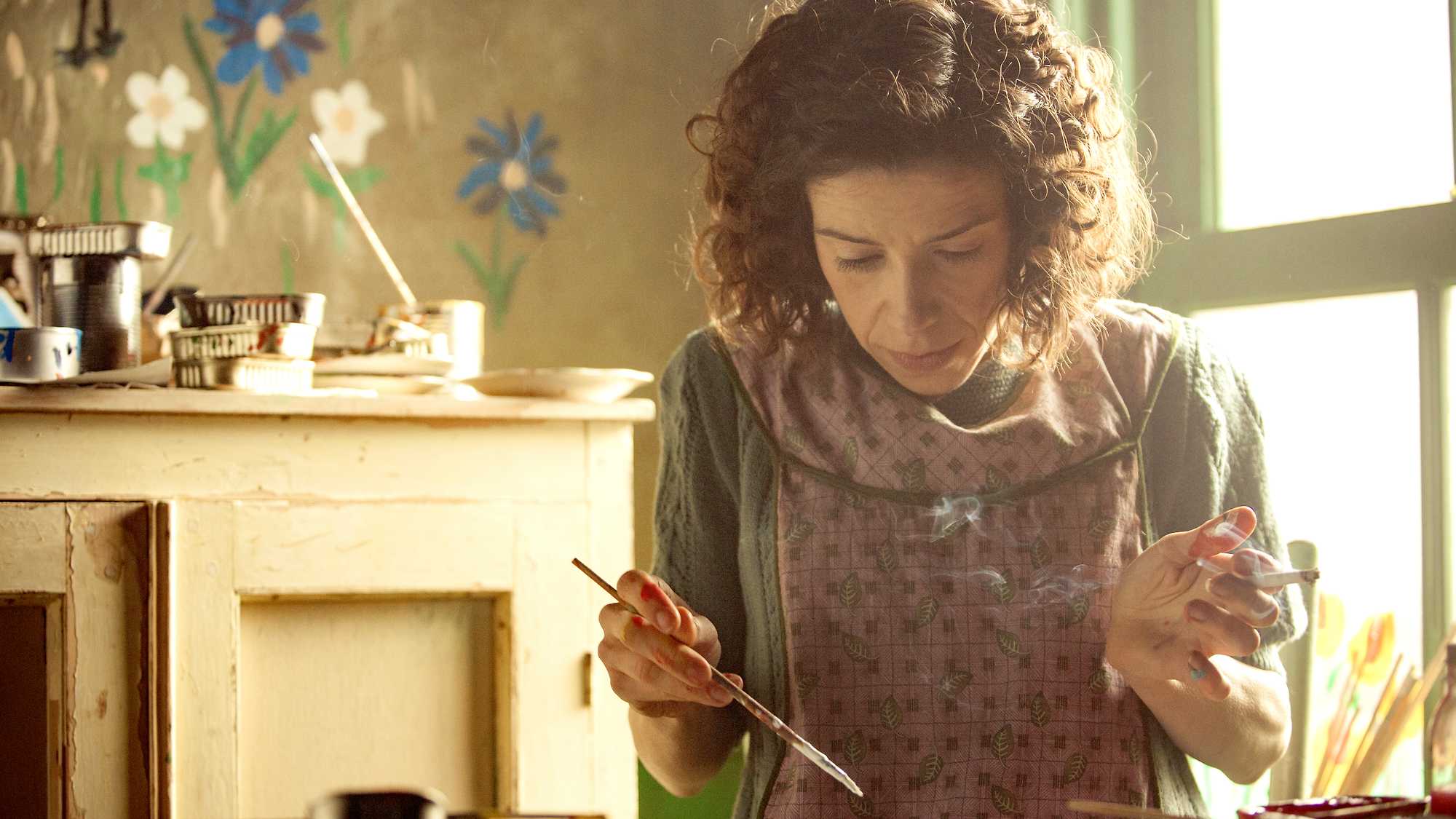
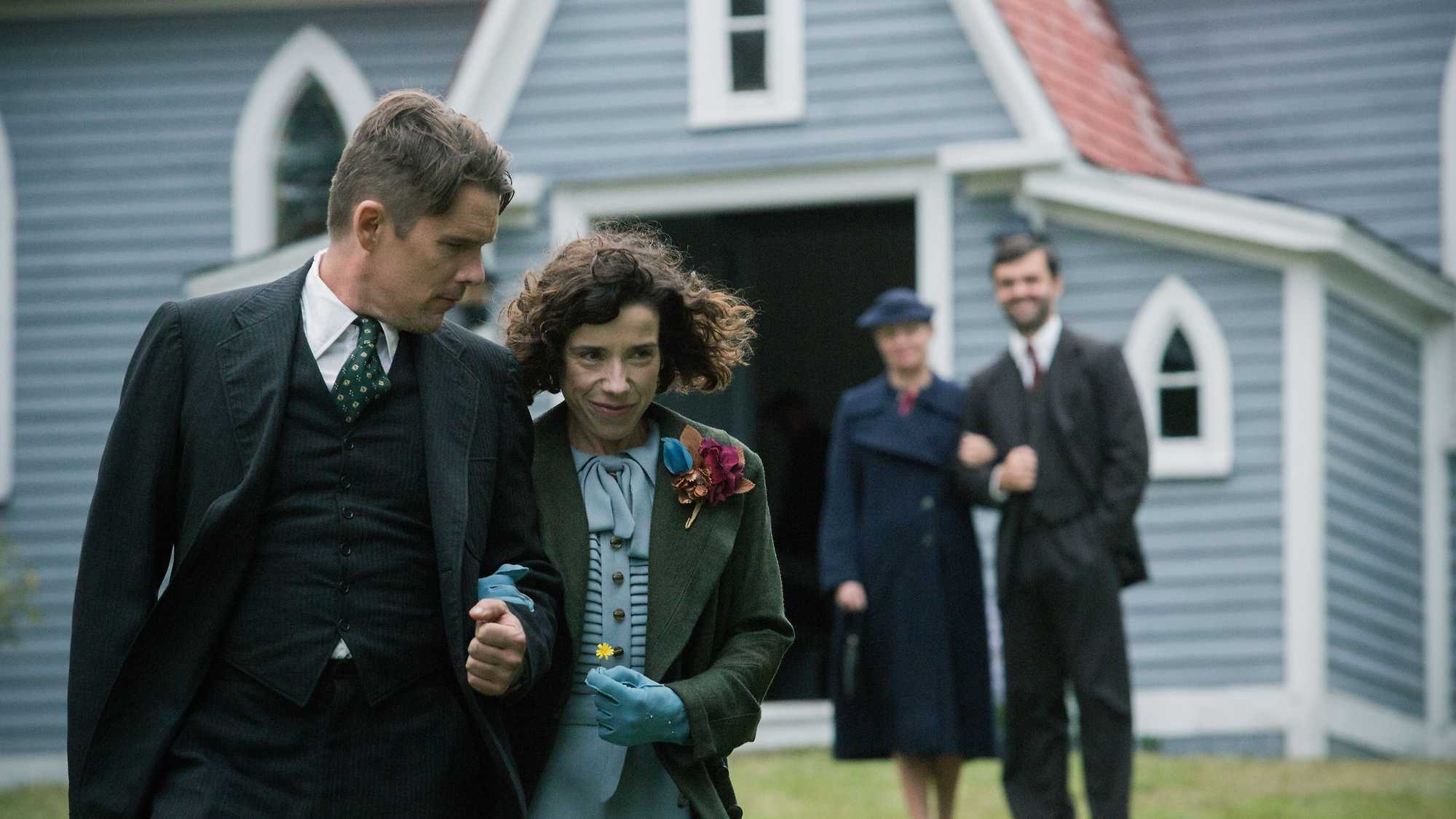
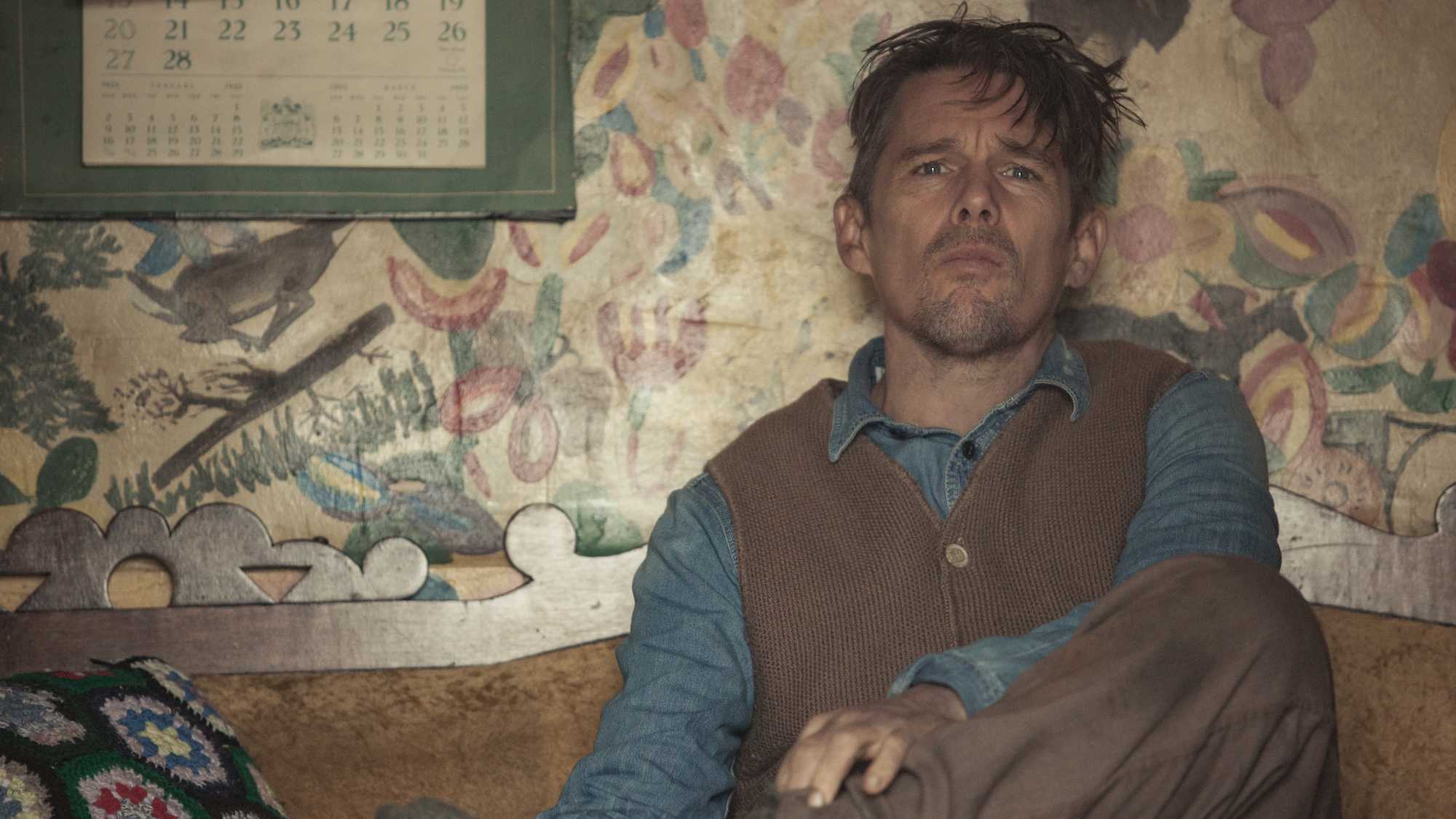
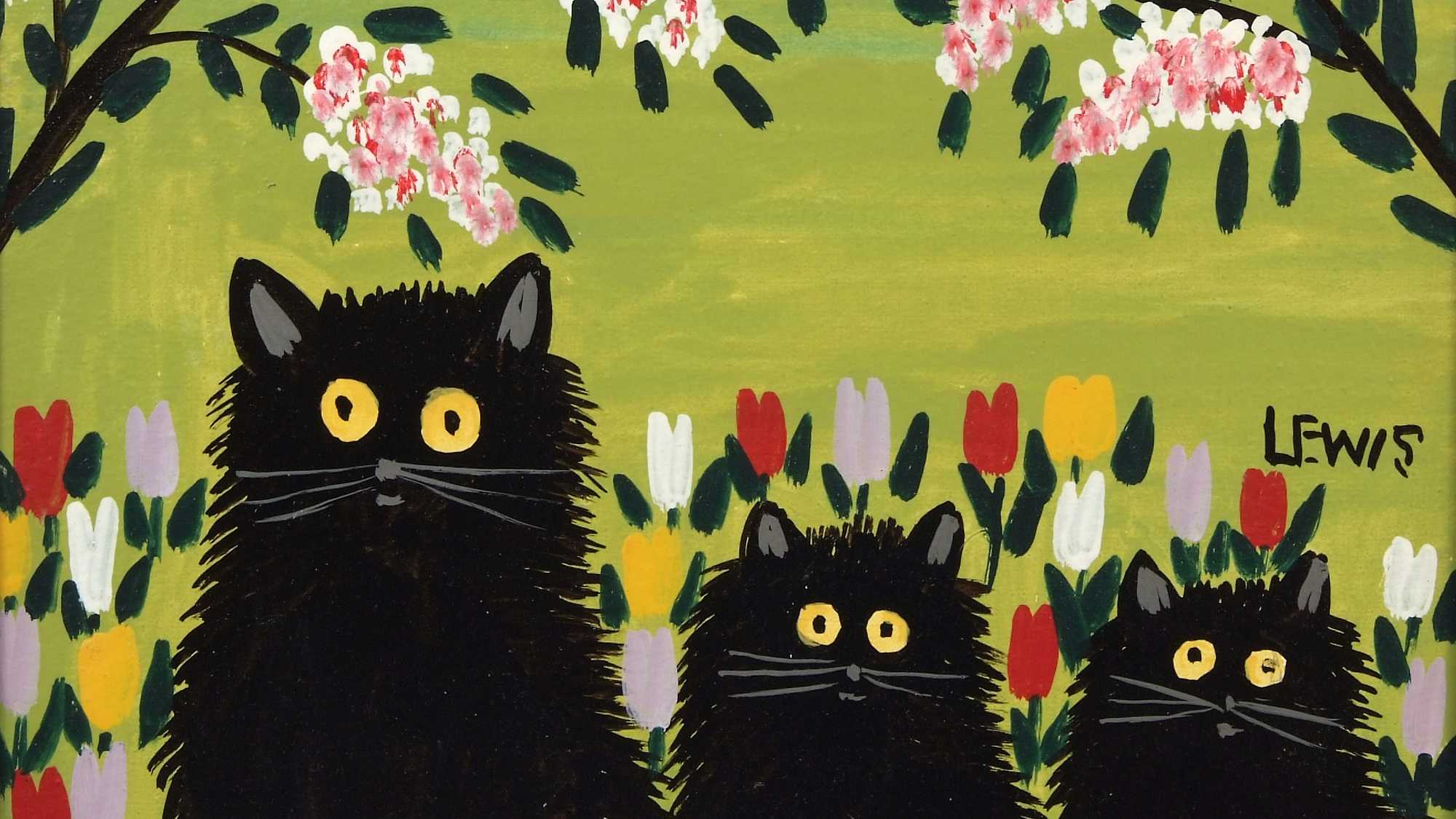
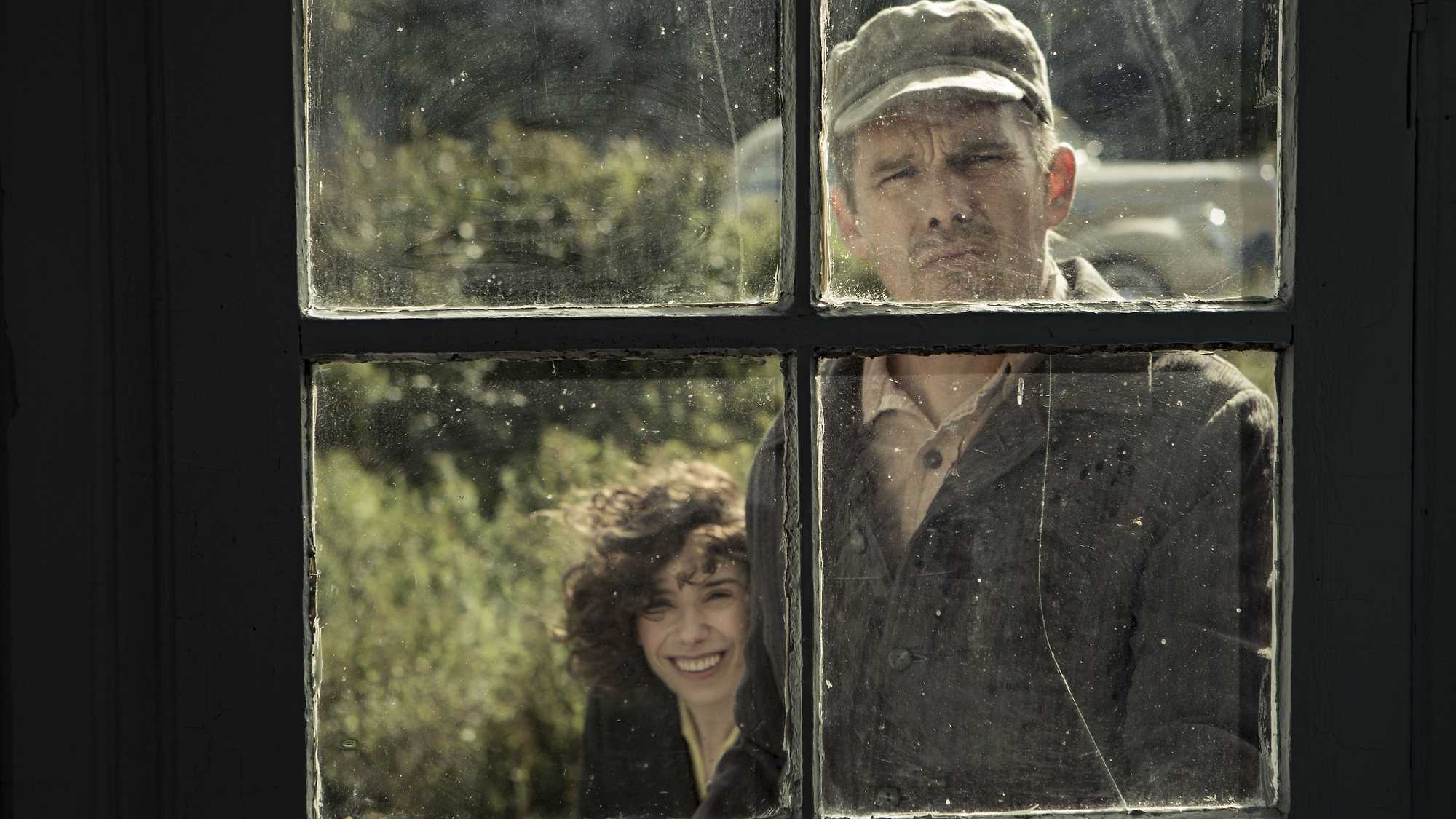
A stellar, warmly persuasive starring turn by Sally Hawkins as crippled, self-taught painter Maud Lewis is the raison d’etre of Maudie.
Screened as part of NZIFF 2017
Maudie 2016
| Aug 12 | | ||
| Aug 17 | |
“The life of legendary Canadian folk artist Maud Lewis is painted in exquisite detail in this impeccably acted, incredibly affecting biopic. At the beating heart of Aisling Walsh’s film is Sally Hawkins (Happy-Go-Lucky) who not only captures the contorted physicality of this self-taught painter, who contended with rheumatoid arthritis, but also exudes the creative spirit raging within her despite her debilitated frame.
The film’s backdrop is undeniably cinematic: the rugged beauty and expansive vistas of 1930s Nova Scotia. Likewise, its primary setting is unspeakably intimate: the comically tiny one-room house that Maud shares with misanthropic fish peddler Everett (Ethan Hawke), initially as his housekeeper but soon as his wife – albeit still placing behind his dogs and chickens in terms of his favoured tenants.
Undaunted by his curmudgeonly nature, she’s inspired by the natural splendour surrounding their hovel to take up a paint brush. Operating with no preconceptions of what ‘art’ should be, her charmingly unsophisticated, uniquely one-dimensional paintings strike a chord with tastemakers and soon she’s a leading figure in the Naïve Art movement. Of course, Maud isn’t motivated by fame but rather the creative act itself. Her exuberance proves infectious, ensuring that when she intones ‘I was loved’ near the film’s end, we each count ourselves amongst those who adored her.”— Vancouver International Film Festival